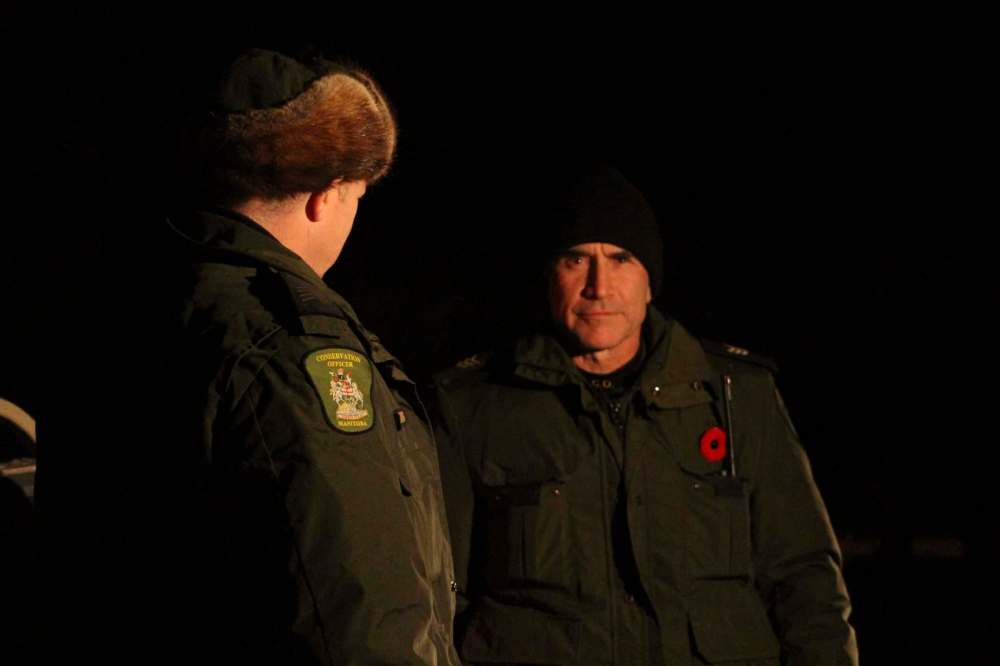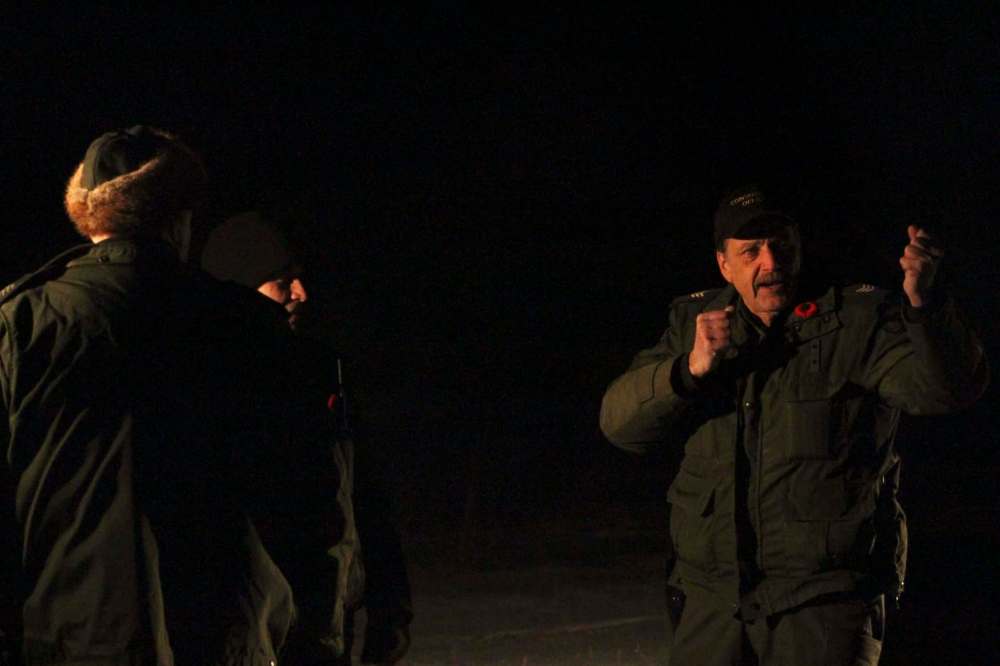Hunting the hunters
Conservation officers put spotlight on night hunting
Advertisement
Read this article for free:
or
Already have an account? Log in here »
To continue reading, please subscribe:
Monthly Digital Subscription
$0 for the first 4 weeks*
- Enjoy unlimited reading on winnipegfreepress.com
- Read the E-Edition, our digital replica newspaper
- Access News Break, our award-winning app
- Play interactive puzzles
*No charge for 4 weeks then price increases to the regular rate of $19.00 plus GST every four weeks. Offer available to new and qualified returning subscribers only. Cancel any time.
Monthly Digital Subscription
$4.75/week*
- Enjoy unlimited reading on winnipegfreepress.com
- Read the E-Edition, our digital replica newspaper
- Access News Break, our award-winning app
- Play interactive puzzles
*Billed as $19 plus GST every four weeks. Cancel any time.
To continue reading, please subscribe:
Add Free Press access to your Brandon Sun subscription for only an additional
$1 for the first 4 weeks*
*Your next subscription payment will increase by $1.00 and you will be charged $16.99 plus GST for four weeks. After four weeks, your payment will increase to $23.99 plus GST every four weeks.
Read unlimited articles for free today:
or
Already have an account? Log in here »
Hey there, time traveller!
This article was published 14/11/2017 (2942 days ago), so information in it may no longer be current.
Somewhere in the southwest corner of Manitoba — off a gravel backroad, through a field gate, down a winding path past hay bales, surrounded by trees and bush — Shaun Bobier sits waiting.
The conservation officer is in his truck. The vehicle is off, all the lights have been killed and even the dashboard is covered with fabric. Despite the cold, the window is rolled down to make hearing gunfire easier.
The night is calm and still. The moon hangs low in the sky and the stars are out. Occasionally, Bobier’s radio crackles to life as the members of his team communicate.
“It’s all a matter of being in the right spot at the right time,” he says.
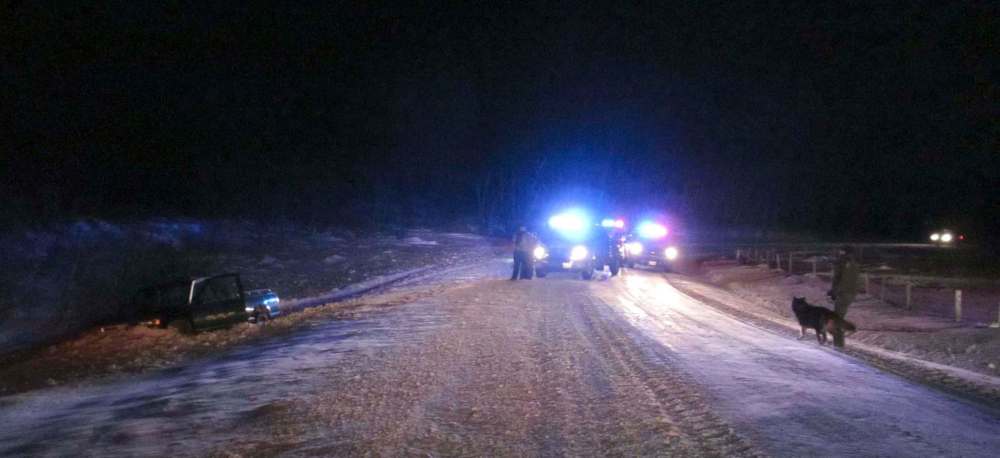
Bobier has been working the southwest corner of the province for nine years. As a regional field supervisor, he oversees five district conservation offices. Tonight, however, he’s leading a seven-person operation targeting illegal night hunters.
They’ve set up a decoy — a mechanical deer — along the side of the road, near a sunflower patch where the animal frequently grazes. His team is split into two trucks stationed down the road on opposite ends of the decoy.
Bobier sits about a kilometre away, waiting to speed over should an arrest be made. At times the officers wait hours, or go whole nights, without anyone driving by. The operations are boring, until they’re not.
“Tonight we’re in an area where we’ve had lots of reports of illegal hunting. We’re running it (the operation) through darkness hours, looking for someone to come along and shine it (the decoy) and shoot it,” Bobier says.
The operation begins just after 8 p.m., Wednesday, Nov. 8, as Bobier’s truck pulls out of the conservation office and hits the highway. It won’t wrap up officially till he arrives back at the office after 3 a.m. the following morning.
Tension over the practice of night hunting has grown over the past year, with everyone weighing in — from politicians to property owners, conservation officers to concerned citizens, Indigenous leaders to wildlife organizations.
The issue is a complex mix of the rights of landowners and First Nations peoples, safety concerns and threats to wildlife and livestock.
It is legal for some people to night-hunt on Crown land, but others participate in illegal ways — hunting on private property without permission, or shooting from vehicles on provincial roads.
There are also safety concerns. Many close calls, injuries and deaths have been reported over the years.
Last month, a teenage boy was shot while hunting at dusk north of Dauphin.
In September 2016, a 24-year-old man from Sioux Valley First Nation was killed after being shot accidentally by a member of his hunting party.
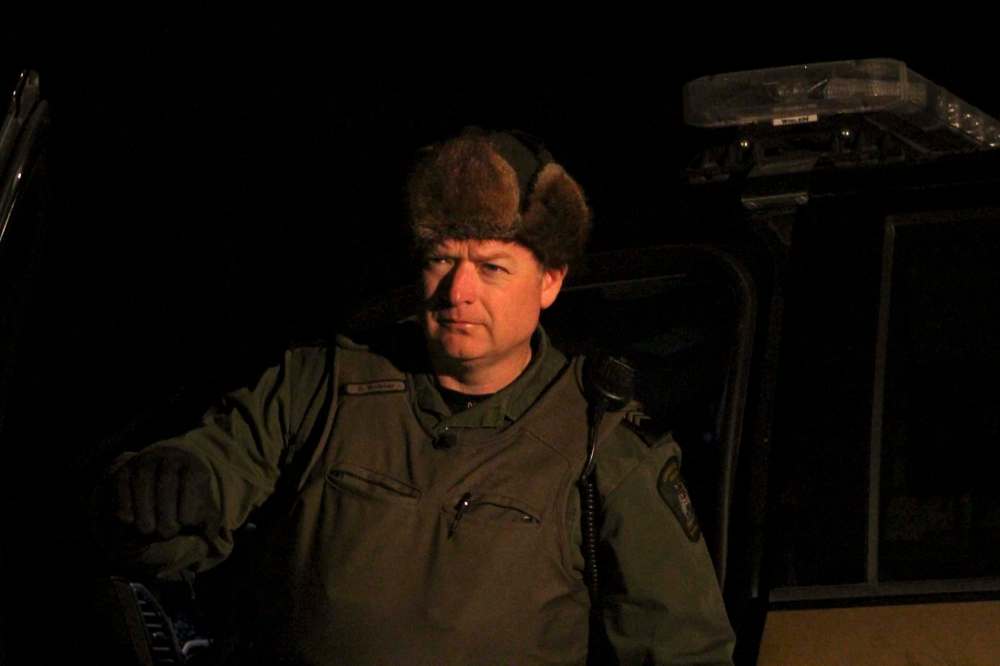
Landowners report hearing gunshots near their homes in the middle of the night; they find fields damaged from trucks, bullet holes in farm equipment, and dead livestock and gutted big game left on their properties.
This year, Bobier and his team have found three elk shot and left for dead on farms.
Despite an increase in charges laid for illegal night hunting since 2016, the slaughter of big game and livestock continues unabated.
Last year, conservation officers laid 44 charges for night hunting (the nine years before, they averaged 14). As of Nov. 6, 23 charges have been laid in 2017.
“Just in the southwest area, since September, we’ve done 20-some night operations. It’s been a really quiet fall for us on that front. We haven’t had any success to date,” Bobier says.
The previous night, however, his team came close. After their operation caught people engaging in night hunting, the officers kicked into high gear to take the suspects into custody.
“We attempted a head-on stop. He didn’t even slow down. He was going 30 to 40 miles per hour and he came right past our truck, so close they clipped mirrors.”
The force of the collision ripped the side mirror completely off the suspect’s vehicle. It now sits on the dashboard of Bobier’s truck.
That night they had a small plane working with them. It followed the hunters as they fled the scene. Eventually the driver killed his vehicle’s lights after turning down an access road near a farm.
The officers were in hot pursuit, but the hunters managed to escape.
While every arrest is different, Bobier says it has become increasingly likely hunters will flee when caught red-handed. That adds to the danger his officers face.
“Any time you’re involved in an operation in the middle of the night where you’re stopping somebody and you know they’ve got firearms, you’re putting yourself in a dangerous situation,” he says.
Not long after the operation is set up, a pair of headlights pierce the darkness. Bobier grabs his radio and gives his team a heads-up, telling them to keep an eye on the vehicle as it creeps down the gravel backroad.
The headlights fade out of view and the vehicle passes without incident.
The tactics used vary — with some more brazen than others.
But Bobier says almost all by illegal night hunters are united by the use of one technique. Whether out hunting for meat or trophy animals, illegal night hunters use the controversial tactic of spotlighting.
The technique generally entails driving down backroads in a truck and flashing a high-powered light into open fields. When the hunter comes across an animal, the light makes the game stop in its tracks, staring straight back at the spotlight, offering up an easy kill.
The Manitoba Wildlife Federation claims spotlighting is responsible for an unprecedented decline in the province’s moose population.
“It’s definitely a poaching activity. There’s also the difficulty it poses for populations of animals that are in decline. And there’s definitely some major safety implications involved with it,” Bobier says.
“Imagine if you hear a high-powered rifle shot and you know the projectile coming out of that thing is lethal for several miles. You don’t know what direction that firearm was pointed when the trigger was pulled.”
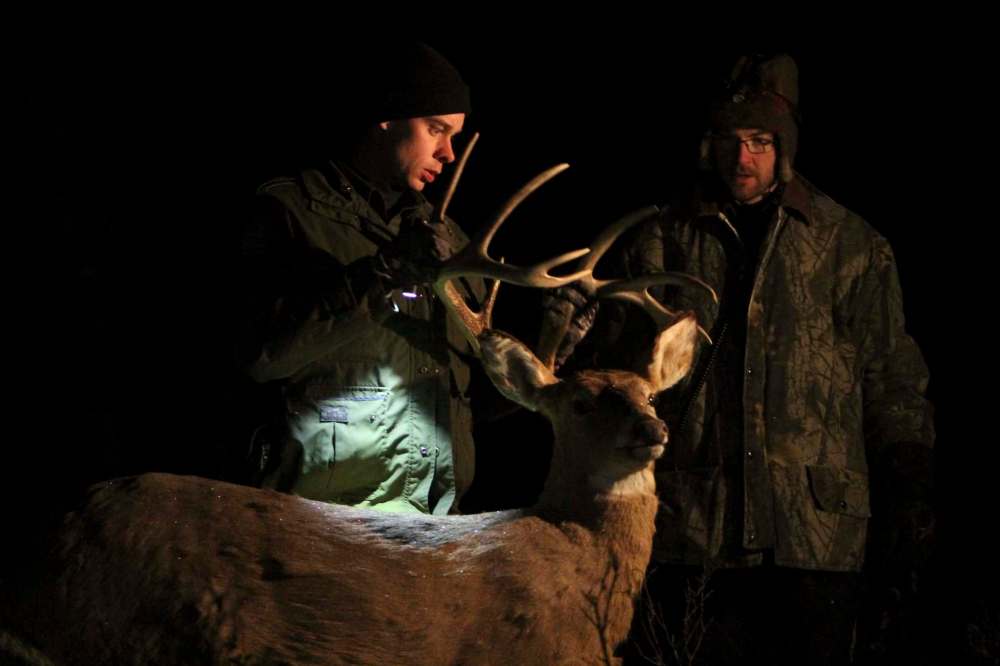
As the hours slip by, darkness descends even further and the tree line across the field dissolves more and more into one with the night.
By 2 a.m. the operation is called off and two conservation officers trudge down the ditch, over a barbed wire fence and through snow banks to gather the decoy.
The rest of the team stands in the middle of the dirt road, their breath visible and hanging in the air when they speak.
“Good try tonight,” one says to another.
By the time they pile into their trucks to head home, the moon is high in the sky.
Before hitting the highway, Bobier stops at the side of the road and flashes a spotlight out into the field. A deer flashes into view, its eyes piercing out of the darkness, glowing. It freezes in place.
“The light really mesmerizes them,” he says.
“Really sporting, isn’t it?”
If Bobier was a night hunter, rather than a conservation officer, the deer would stand motionless, staring down the barrel of a rifle, before a gunshot would ring out and the animal would drop.
It’s an activity that Bobier and his team have dedicated themselves to stopping.
And although they came up empty handed on this night, they’ll be back out again soon — patrolling their area and playing their part in the province’s crackdown on illegal night hunting.
That’s where they can be found: waiting in the dead of night, down winding back country roads, at their posts, hunting the hunters.
ryan.thorpe.media@mail.com
